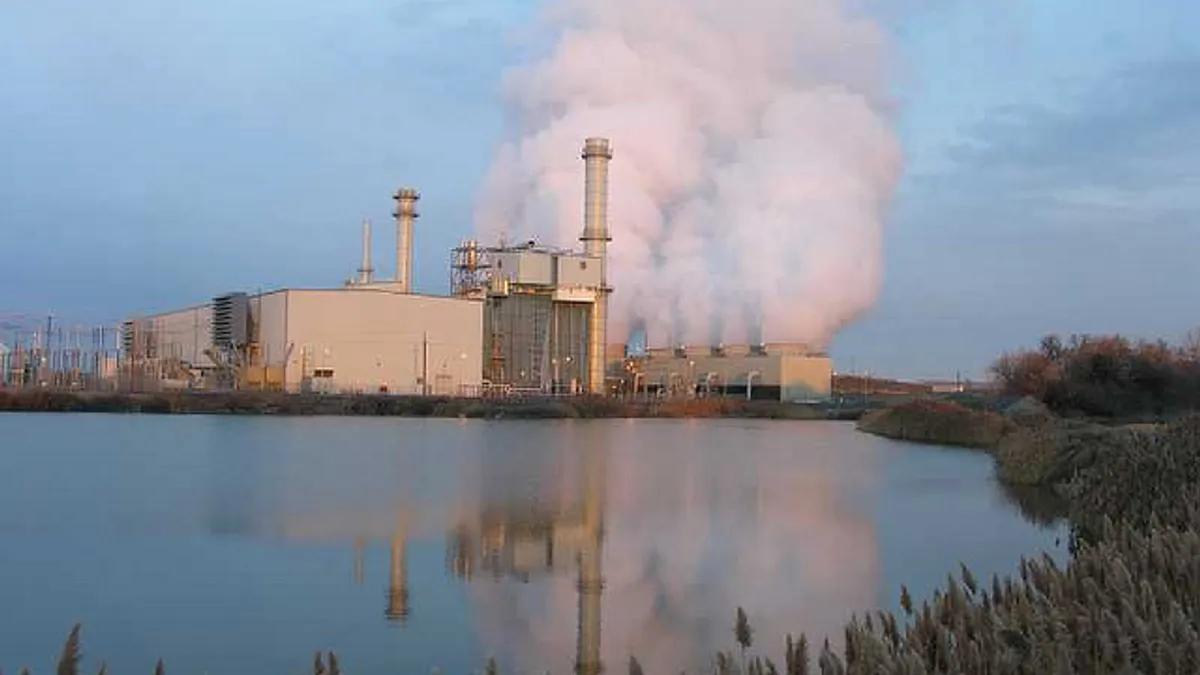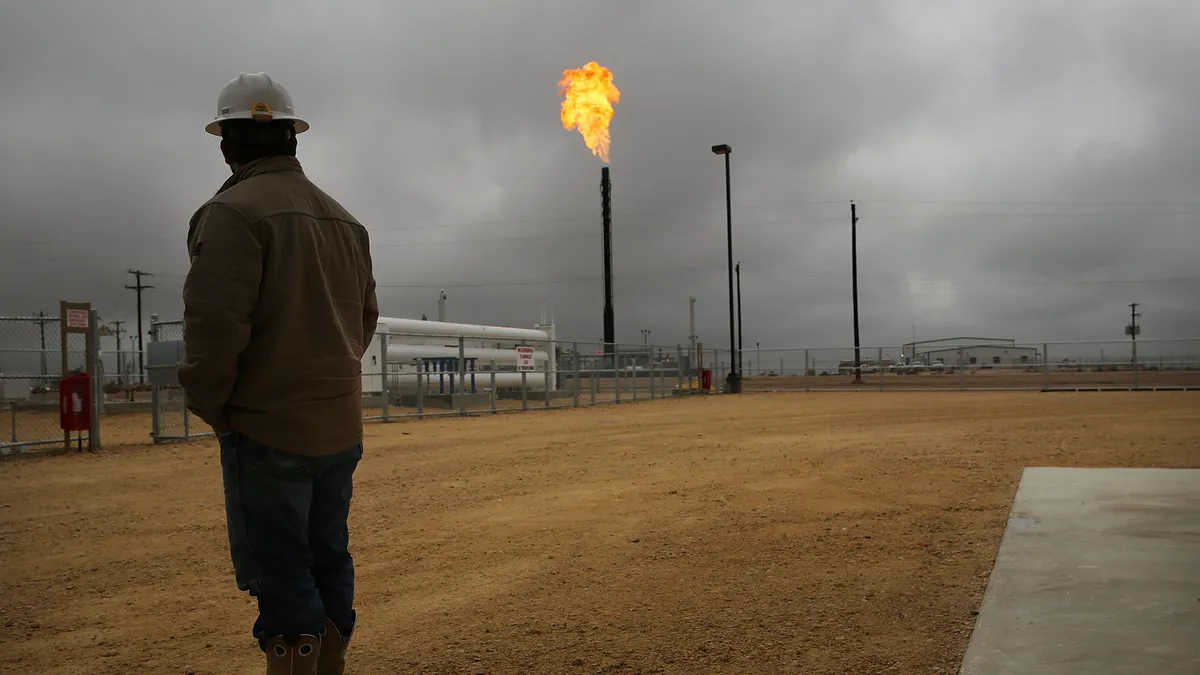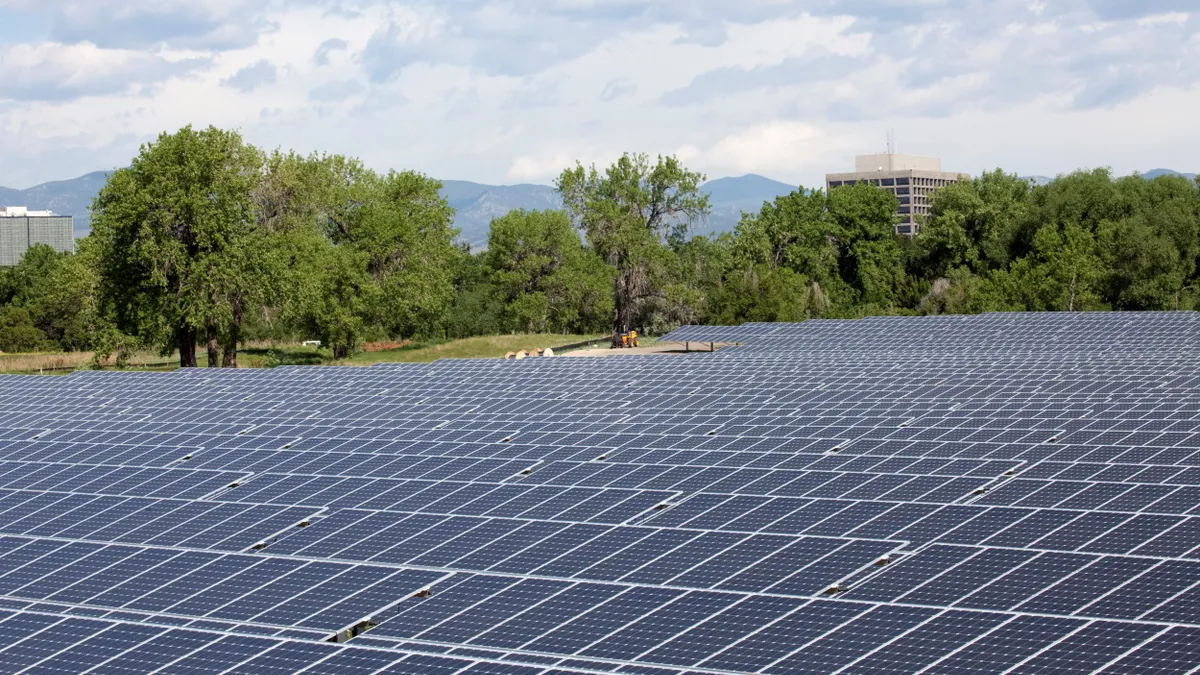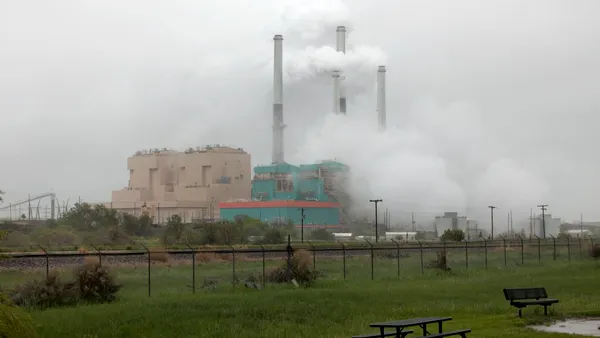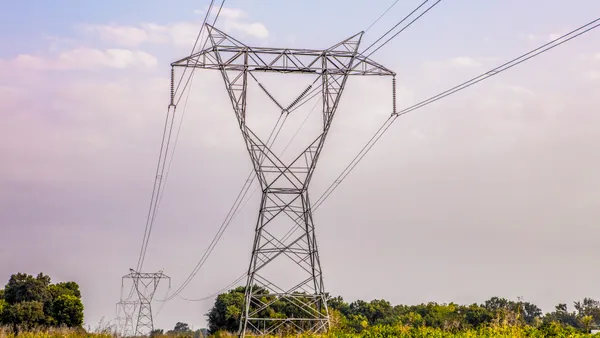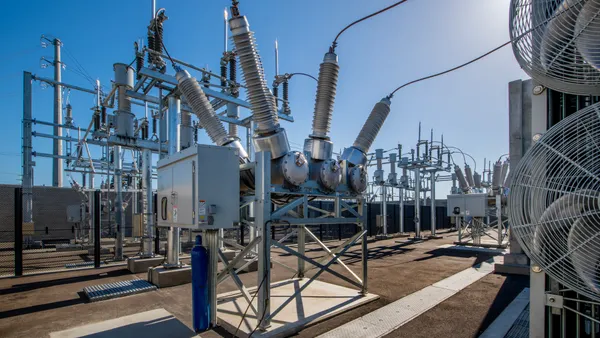Dive Brief:
- There may be more methane “leakage” than previously thought, but natural gas can still be used to cut overall carbon dioxide emissions, according to a report from the Joint Institute for Strategic Energy Analysis (JISEA).
- There could be a small number of "super-emitters" that are responsible for a large fraction of methane leakage, according to the report.
- Hydraulic fracturing is not likely to be a substantial emissions source, but abandoned oil and gas wells seem to be major emissions sources.
Dive Insight:
Natural gas has about half the carbon emissions as coal, but the question of gas-related methane emissions has thrown doubt on how much better gas may be. This report makes clear that natural gas-fired power plants are still better than coal in terms of carbon emissions.
"While we found that official inventories tend to under-estimate total methane leakage, leakage rates are unlikely to be high enough to undermine the climate benefits of gas versus coal,” Doug Arent, JISEA executive director and a co-author to the study.
"Our findings show that natural gas can be a bridge to a sustainable energy future, but that bridge must be traversed carefully,” said Garvin Heath, a senior scientist at the National Renewable Energy Laboratory and a lead author of the report. “Current evidence suggests leakages may be larger than official estimates, so diligence will be required to ensure that leakage rates are actually low enough to achieve sustainability goals."


